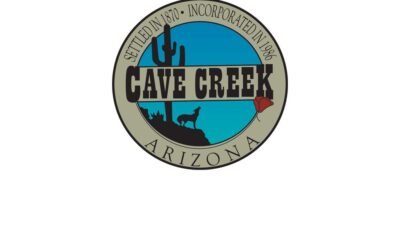City News
Life on the Streets: Homelessness and Panhandling in Sedona

The Sedona City Council’s discussions surrounding homelessness have engaged residents for years, yet the voices of individuals experiencing homelessness are seldom heard. Jesse Clutterbuck, a resident of Sedona since 2016, has shared his unique perspective as someone who has been living the van life while panhandling in the area.
Originally from Flagstaff, Clutterbuck recalls his early days in Sedona. He would sit near the iconic Sedona sign, holding a sign that read “hungry” to garner assistance. “In total of 10 hours, I once made $765. It was one of my biggest scores,” he remembered, commenting on the different traffic patterns at the time.
Despite working as an electrician and in construction, Clutterbuck has faced hurdles due to medical issues: herniated disks, an autoimmune disorder, and other health challenges. His circumstances have made it difficult to secure stable employment, especially after being let go from a job due to a background check complication stemming from a prior misdemeanor.
‘A Little Scientific’
Clutterbuck employs a strategic approach to panhandling. He prefers displaying signs over directly asking for money. “I literally have like 20 signs in my van,” he explained, demonstrating how he tailors his requests to his immediate needs, from dog food to propane. Although he accesses some homeless services occasionally, like food from local missions, he primarily relies on his ingenuity to navigate his circumstances.
His methodology is grounded in research, using Google traffic data to optimize when and where he panhandles. “Eighty-five percent of the time, I utilize Google traffic maps,” he stated, highlighting his methodical approach. He also emphasizes the importance of maintaining a positive demeanor while panhandling to encourage generosity.
Minimalism
While medical challenges prompted his initial foray into panhandling, Clutterbuck has also embraced the advantages of his lifestyle. He points out that needing more money often correlates with an expensive lifestyle. “Buddhist nuns and monks live off the generosity of others; I would consider myself similar,” he asserted, critiquing what he terms America’s hyper-consumerism. He prefers to live simply, often refusing unnecessary items offered to him, stating, “I can’t take that, ‘cause I don’t have room for it.”
Clutterbuck believes he fares better financially through panhandling compared to traditional employment. “Seven out of 10 times, I make $30 an hour,” he noted, contrasting this with a job that offered significantly less. His van, which serves as his home, incurs minimal expenses, costing approximately $145 a year in insurance.
He has also engaged in acts of kindness, sharing a van he acquired with traveling individuals in need. “People have helped me out a lot in my life and I figured I’d pay it forward,” he explained.
‘Very Incognito’
Clutterbuck takes measures to remain low-profile while living in his van. “I try to park in a different spot every night,” he shared, acknowledging that local law enforcement is familiar with him but generally allows him to be as long as he remains untroublesome. While he recalls instances of being awakened by security more often than police, he notes that there is a level of tolerance towards those who keep to themselves.
He pointed out the seasonal nature of his panhandling, indicating a migratory pattern based on weather conditions, particularly favoring warmer destinations during colder months.
Housing Costs
Clutterbuck is candid about his resistance to traditional housing due to exorbitant rent prices. “There’s no way I would move into a house,” he said. He criticized short-term rentals for exacerbating local housing shortages, with a recent survey revealing many STR owners would be unlikely to rent to locals.
He also voiced support for Sedona’s proposed car camp program, which would cater to individuals working in the area. “If they just like park on the side of the road and they’re not bothering anybody, what does it hurt?” he posed, advocating for more understanding and revised policies regarding homelessness in the community.
“I think it’s an old-school way of thinking. They should consider engaging with individuals like me to understand their experiences,” Clutterbuck concluded.


















